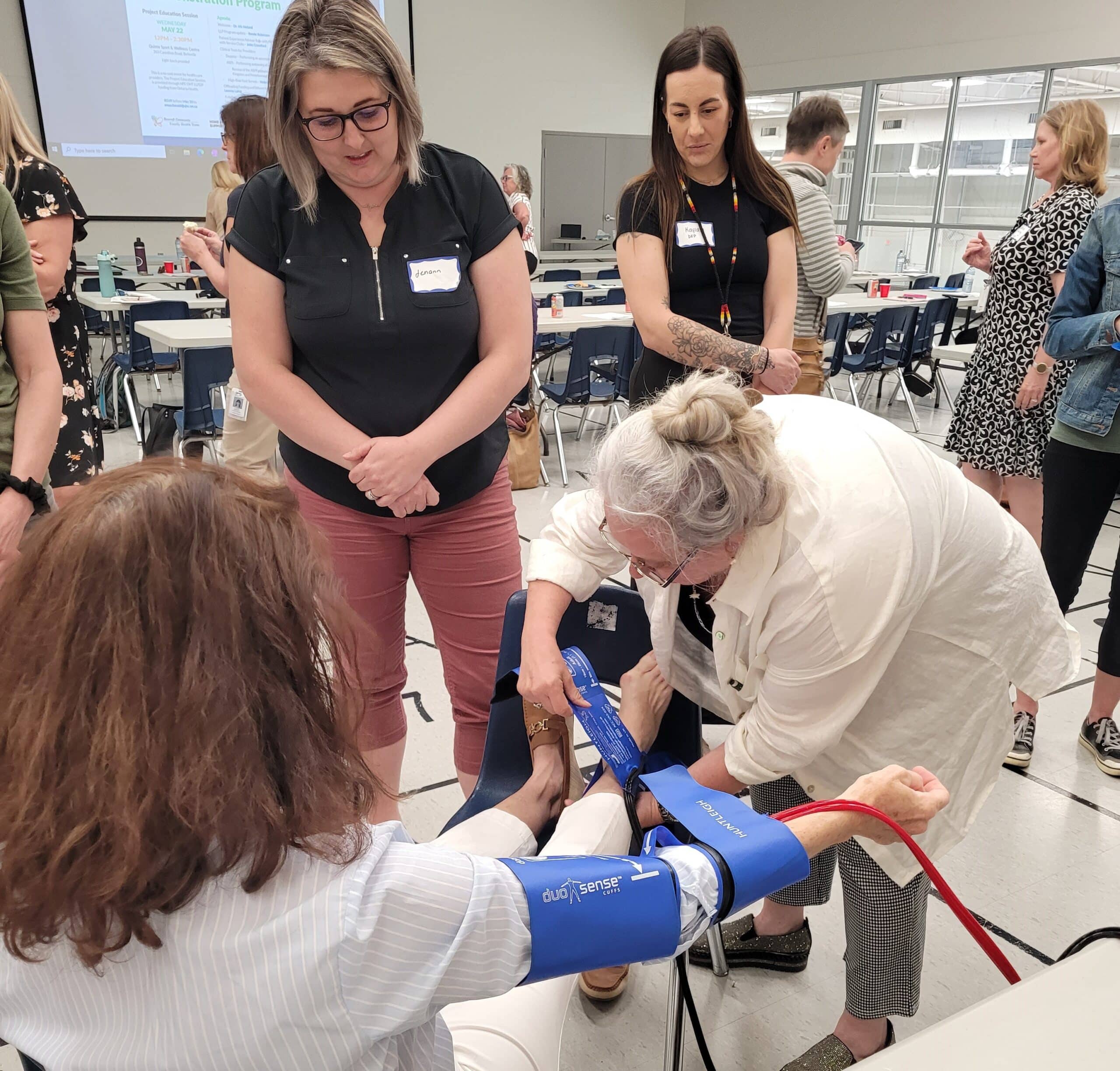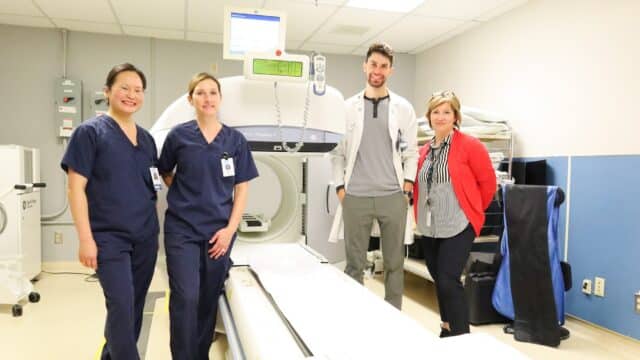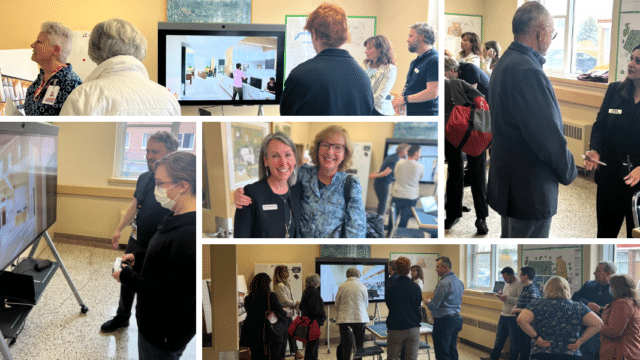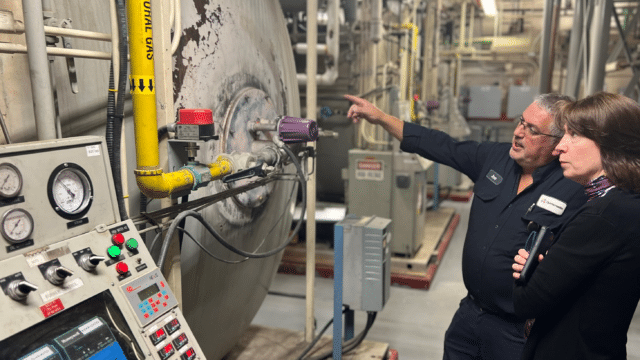Preventing the Amputation of Lower Limbs One Patient at a Time
Over 1,200 non-traumatic major lower-limb amputations occur every year in Ontario. Most of them are due to complications of vascular disease and diabetes, or both – and many are preventable if the issues that lead to amputations are treated early on. Lower limb preservation programs focus on detecting and managing conditions like diabetes, and peripheral artery disease (PAD). For our area, these efforts are particularly important as Hastings and Prince Edward County (HPE) has a much higher rate of amputations than the provincial average.
Last spring, HPE was selected as a Demonstration Program for the Ontario Health Lower-Limb Preservation (LLP) Integrated Clinical Pathway project. Quinte Health Program Directors Anne Marie MacDonald and Kristina Cruess are among the HPE Ontario Health Team partners working on this collaborative program.
According to Anne-Marie, the goals of this OHT-led initiative are twofold and aimed at preventing amputation. “First, early identification – working with frontline providers from all disciplines in HPE to implement a standard way to evaluate and treat patients to identify those at risk for amputation as early as possible,” she explained. “Secondly, working to improve access to vascular surgery for high-risk patients, providing care closest to home where possible.”
The Bancroft Community Family Health Team agreed to be the first primary care providers in HPE to help develop and implement the tools and strategies, and even looked at ways to support unattached patients (those without a family doctor or NP). The initiative was launched in Bancroft last fall and is now being expanded across Hastings and Prince Edward Counties.
According to Kristina, using tools to identify those at risk, and then proactively addressing the underlying causes, significantly reduces the risk of complications that can lead to limb loss.
“Limb preservation efforts encompass a range of interventions, including patient education, routine screenings, lifestyle modifications, advanced wound care, and surgical techniques,” she explained. “And it’s not just about physical health, losing a limb can cause serious emotional stress, such as depression and anxiety. Overall, these initiatives play a crucial role in improving the quality of life for those at risk.”
She points out that it can also be very expensive due to long-term treatment, the need for prosthetics, and potential job loss. Lower limb preservation helps people stay mobile and independent, allowing them to continue their daily activities and remain active in their communities.
The initiative equips providers from all disciplines with clinical assessment and other decision-making tools to help identify those at risk. The project promotes a consistent and collaborative treatment plan with the patient, providers, and programs, focusing on nutrition, smoking cessation, exercise, diabetic screening and management, and mental health support.
#Care
#ImagineItsYou




